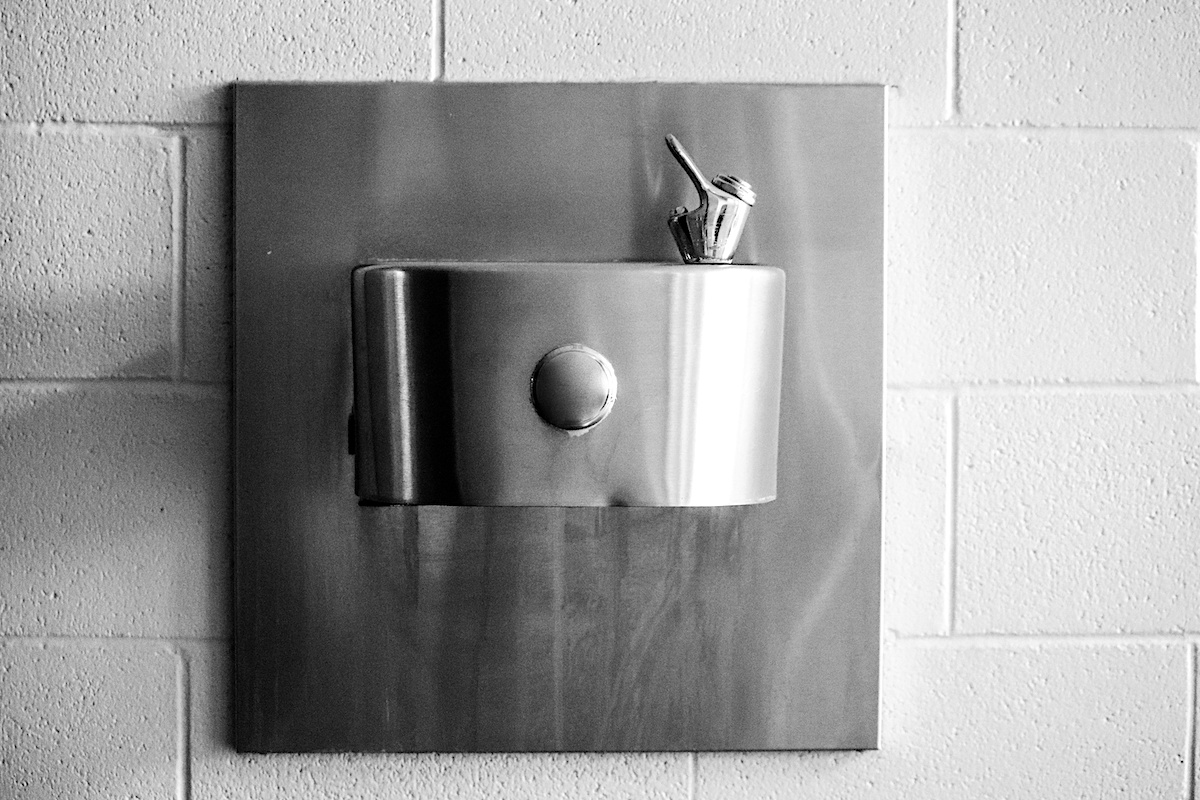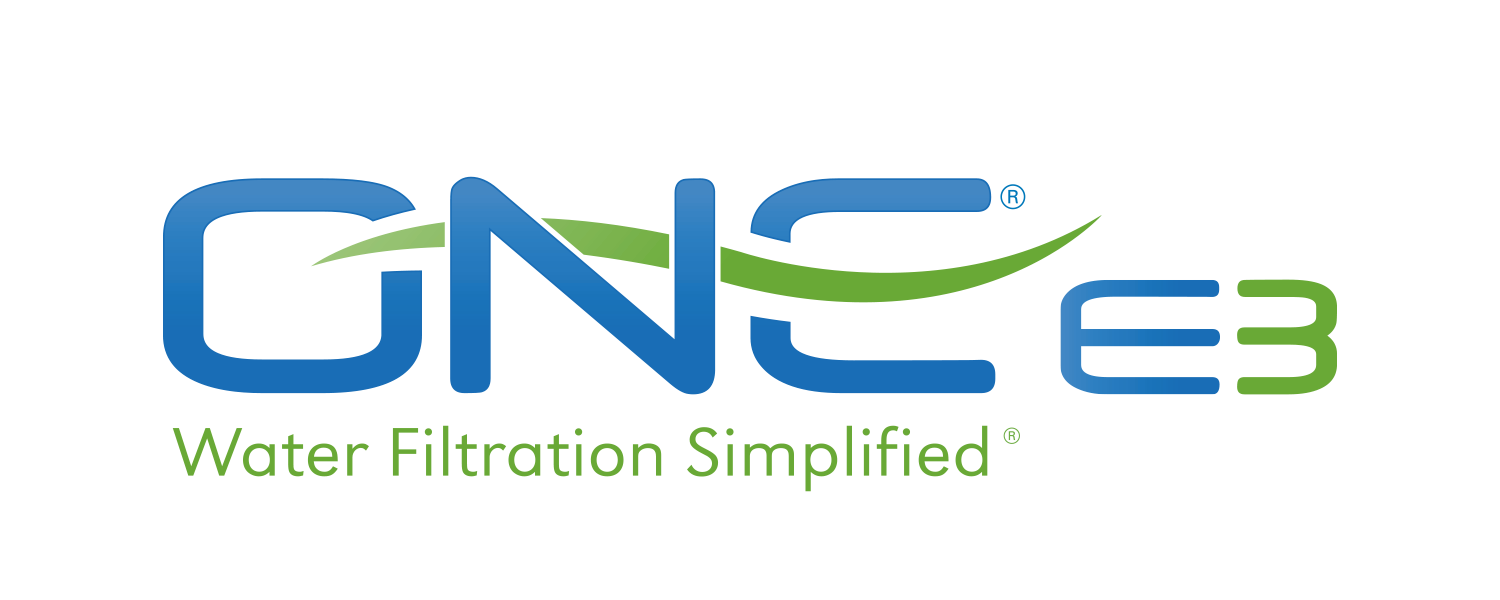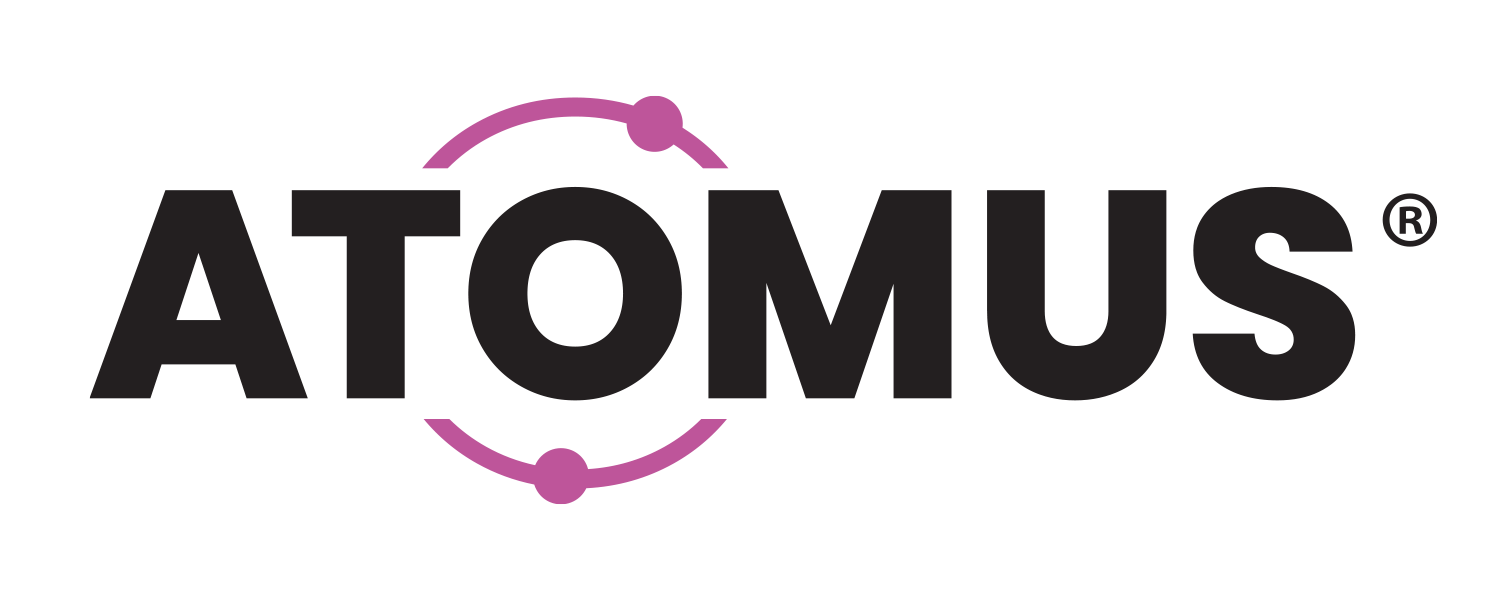A recent article from WQP provides new testing numbers out of California that reveal 1,166 out of 6,595 schools were found to have lead in drinking water at levels greater than 5 parts per billion (ppb). That means approximately 17.5% of schools in the state have at least one water fountain with detectable amounts of lead, which can have negative health effects when consumed—especially for children.
California law requires all K-12 schools built before 2010 to test their drinking water annually. According to the article, approximately 6,600 of the 8,200 California schools that were built before this time have been tested so far this summer. Increased testing is one way states throughout the nation are working to address lead contamination issues that have plagued the drinking water in school buildings nationwide.
As a state, California is facing several drinking water challenges. Most notably, a recent study from the Environmental Working Group found that contaminants in the state’s water systems could contribute to cancer risks. On the positive side, the California state senate recently approved a bill that would authorize spending to improve drinking water for many residents over the next decade.



